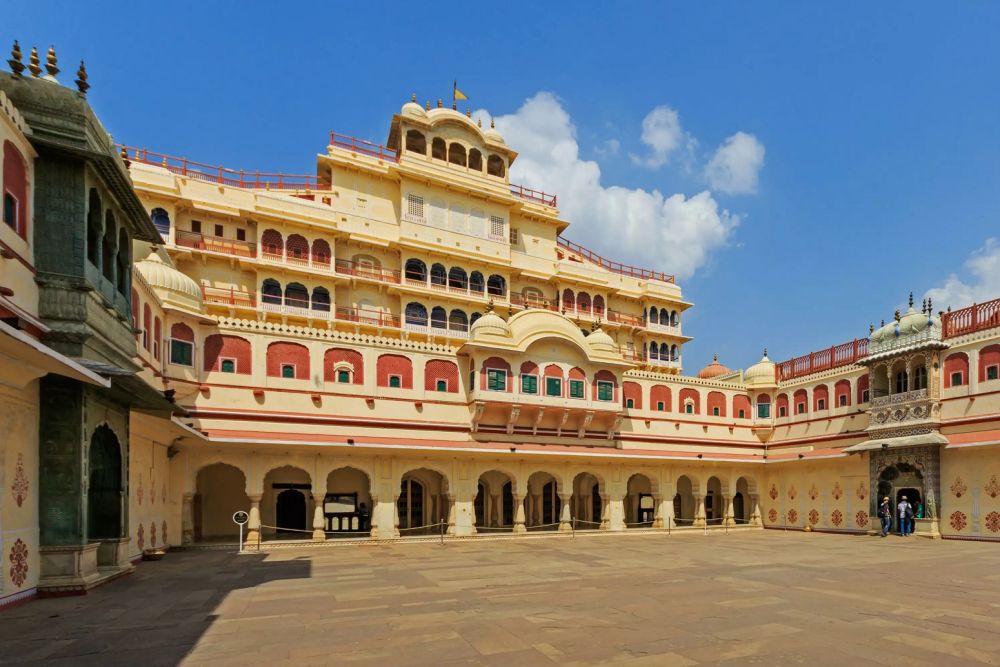

The City Palace in Jaipur, Rajasthan, stands as a pivotal edifice in the heart of the old city, reflecting the rich cultural heritage and architectural finesse of the bygone era. Built in 1729-1732 AD by Maharaja Sawai Jai Singh II, the founder of Jaipur, the palace complex has been a major draw for tourists worldwide.
The tourism history of City Palace Jaipur dates back to the time when India started to gain popularity among western travelers in the late 19th and early 20th centuries. The palace was one of the earliest attractions to be promoted for its unique architecture - a blend of Rajput, Mughal, and European styles.
Post-independence in 1947, as India developed its national identity, Jaipur and its City Palace became significant tourist destinations on the global map. The establishment of the Indian Tourism Development Corporation (ITDC) in the 1960s and governmental efforts to promote 'Incredible India' further boosted tourism in Jaipur.
In recent years, the City Palace has embraced technology and innovative measures to enhance visitor experiences. Strategies such as audio guides, night tourism, and light shows have been developed to provide in-depth understanding and a unique nocturnal perspective of the palace. Additionally, the use of augmented reality has been a part of the latest tourism trends, allowing an interactive encounter with history.
As part of sustainable tourism efforts, the City Palace has also implemented measures to conserve water and reduce environmental impact, advocating a more responsible form of tourism that ensures the site's preservation for future generations.
In a push to keep up with global tourism standards, the City Palace now hosts annual events such as literary festivals and cultural programs which not only drive tourism but also preserve and promote the intangible heritage of Rajasthan. The palace has also been a favored spot for high-profile events, including celebrity weddings and movie shootings, contributing to the rising trend of destination weddings and film tourism in Jaipur.
The global pandemic in 2020 had a notable impact on tourism worldwide, including at the City Palace. However, with the advent of virtual tours and online experiences, the palace has remained accessible to heritage enthusiasts across the globe.
In conclusion, the City Palace of Jaipur remains a symbol of the city's royal past and continues to innovate and adapt to remain a significant destination in India's tourism landscape.